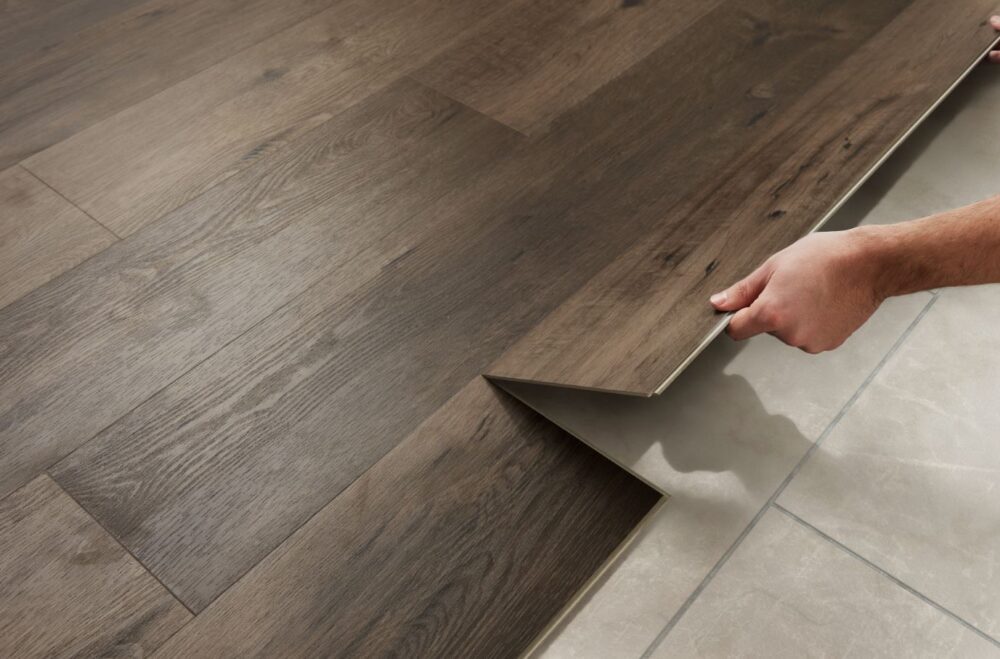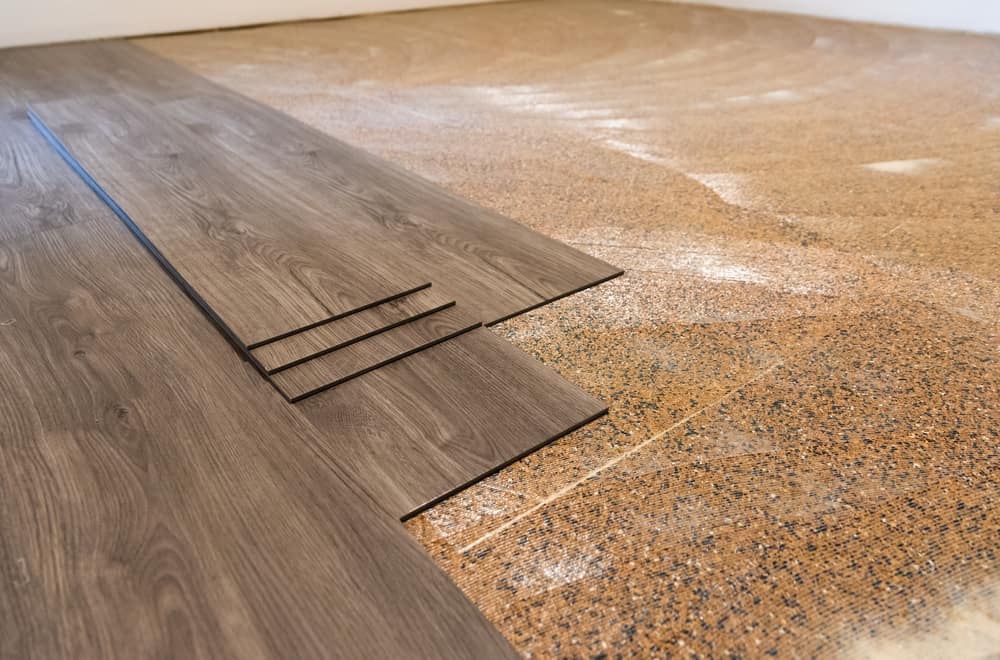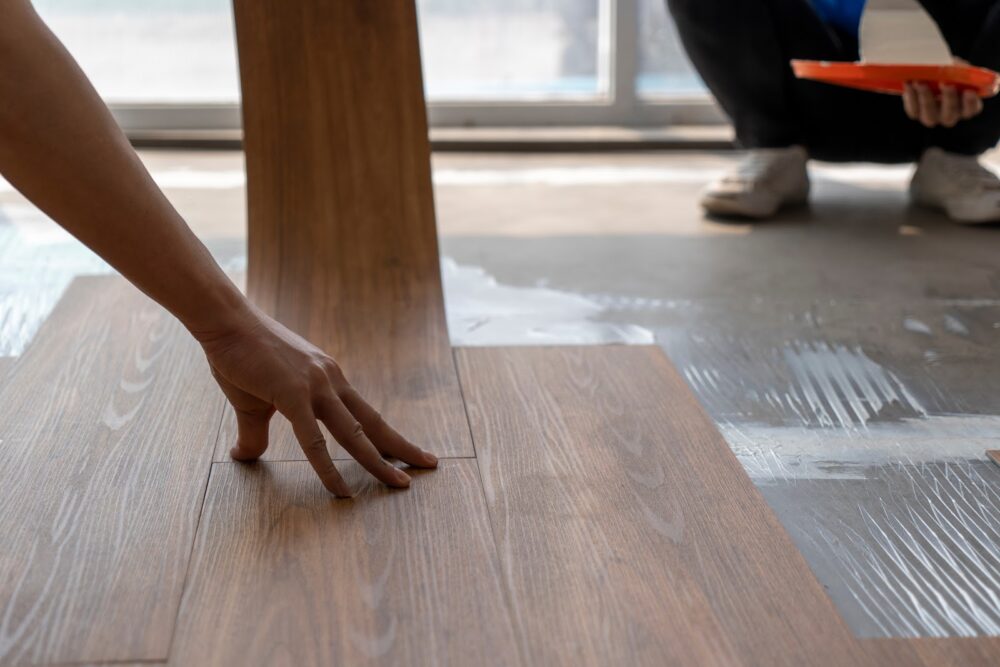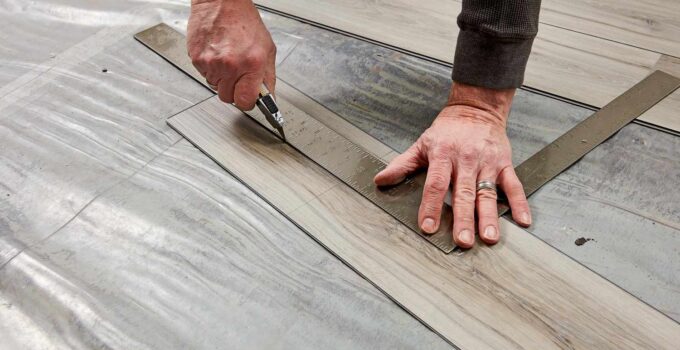When it comes to flooring options for commercial spaces, there are a variety of materials to choose from. Two popular options are luxury vinyl tile (LVT) and laminate. Both have their own unique benefits and drawbacks, but for commercial use, one may be a better fit than the other.
The first step is to explore the market and check different option. There are many interesting ideas that can make your commercial space more attractive. You can find some excellent options related to Lvt flooring if you visit this site.
This article will explore the differences between these two flooring options and help determine the best fit for commercial spaces. It will also discuss each option’s technical features, cost, and installation process to provide a comprehensive understanding of the pros and cons of each material.
Main Features

Source: polyflor.com.hk
Luxury vinyl tile, also known as LVT, is a type of vinyl flooring designed to resemble natural materials such as wood or stone. It comprises multiple layers, including a wear layer, a design layer, and a backing layer. The wear layer is the topmost layer exposed to foot traffic and protects the design layer from scratches, scuffs, and stains.
The design layer is the layer that gives the flooring its realistic look and feels, featuring high-resolution images of natural materials like wood or stone. Finally, the backing layer is the bottom layer that provides stability and support to the flooring. LVT is known for its durability and resistance to scratches, dents, and stains, making it a great option for high-traffic commercial spaces.
Laminate, on the other hand, is a type of flooring made from a composite material that includes a high-resolution image of natural materials such as wood or stone. Laminate is constructed by sandwiching a high-resolution image of natural materials between layers of melamine resin and high-density fiberboard.
Laminate is also known for its durability but is not as resistant to scratches, dents, and stains as LVT. Also, laminate flooring is not water-resistant, making it a less ideal option for commercial spaces with a higher risk of spills or moisture.
What is Better Option for Commercial Use?
Regarding commercial spaces, LVT is generally the better option due to its superior durability and resistance to wear and tear. The wear layer of LVT provides a protective barrier that can withstand the heavy foot traffic and other stresses that commercial spaces are subjected to.
Also, LVT offers more design options, with a wider variety of colors, patterns, and finishes. That allows for greater design flexibility and can closely resemble natural materials such as wood and stone, making it a great option for spaces that want a natural aesthetic.
What About the Price?

Source: whatisvinyl.com
The cost of LVT and laminate can vary depending on the quality and design of the product. However, in general, LVT tends to be more expensive than laminate. That is because LVT is made from multiple layers, including wear and design layers, which add to its cost.
Additionally, LVT can closely resemble natural materials such as wood and stone, which can also add to its cost. However, despite the higher cost, the investment in LVT is often worth it in commercial spaces, as it can last much longer and require less maintenance than laminate.
Technical Features
LVT flooring is made from multiple layers, which provide superior durability and resistance to wear and tear. Also, LVT is water-resistant, making it a great option for commercial spaces with a higher risk of spills or moisture. It also has good resistance to fire and can be used in different environments. LVT is also easy to install and can be installed over various existing flooring, including concrete, ceramic tile, and even existing vinyl flooring.
In contrast, laminate flooring is typically made from a composite material and does not have the same durability and resistance to wear and tear as LVT. Moreover, laminate flooring is not water-resistant, making it a less ideal option for commercial spaces with a higher risk of spills or moisture. It is also not as fire resistant as LVT, and it’s unsuitable for use in all environments.
Visual Appearance

Source: hogandesignandconstruction.com
When it comes to aesthetics, both LVT and laminate flooring can provide a realistic and attractive look. Both options come in a wide variety of colors, patterns, and finishes that can closely resemble natural materials such as wood and stone. However, some people may find that LVT is more attractive because it can be designed to more closely resemble natural materials, making it difficult to distinguish from the real thing.
Furthermore, LVT’s high-resolution design layer can create a more realistic and detailed image of natural materials. On the other hand, laminate flooring may be found less attractive by some because the image of natural materials can appear less realistic and detailed in comparison. Ultimately, the choice between LVT and laminate for aesthetics will depend on individual preferences and the specific look and feel that is desired for the space.
Can LVT Be Good for Homes?
LVT can be a good option for homes because of its durability and resistance to scratches, dents, and stains. It can withstand heavy foot traffic and is suitable for high-traffic areas such as living rooms and hallways. It is water-resistant, making it a great option for homes with children or pets or areas exposed to spills or moisture.
LVT also offers various colors, patterns, and finishes, making it a versatile option that can complement any home decor. It’s also easy to install and can be installed over various existing flooring, including concrete, ceramic tile, and even existing vinyl flooring.
Another advantage of LVT for homes is that it can be easily cleaned and maintained. It is a low-maintenance flooring option that can be easily swept, vacuumed, or mopped. Additionally, it can be refinished to restore its original appearance if worn or damaged.
Last Words
As you can see, luxury vinyl is the perfect choice for businesses because it does not require constant maintenance and is more resistant. The only downside is the price, which is higher when compared to all other options.




